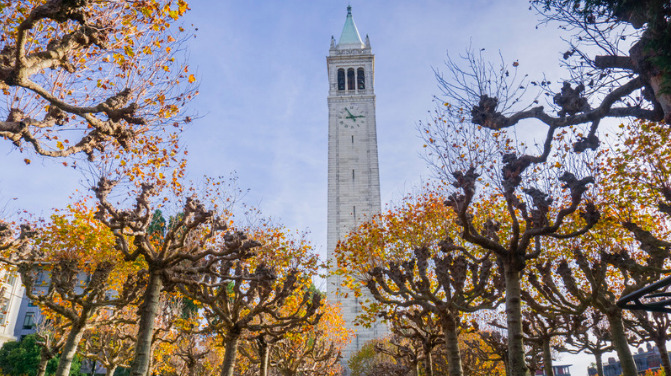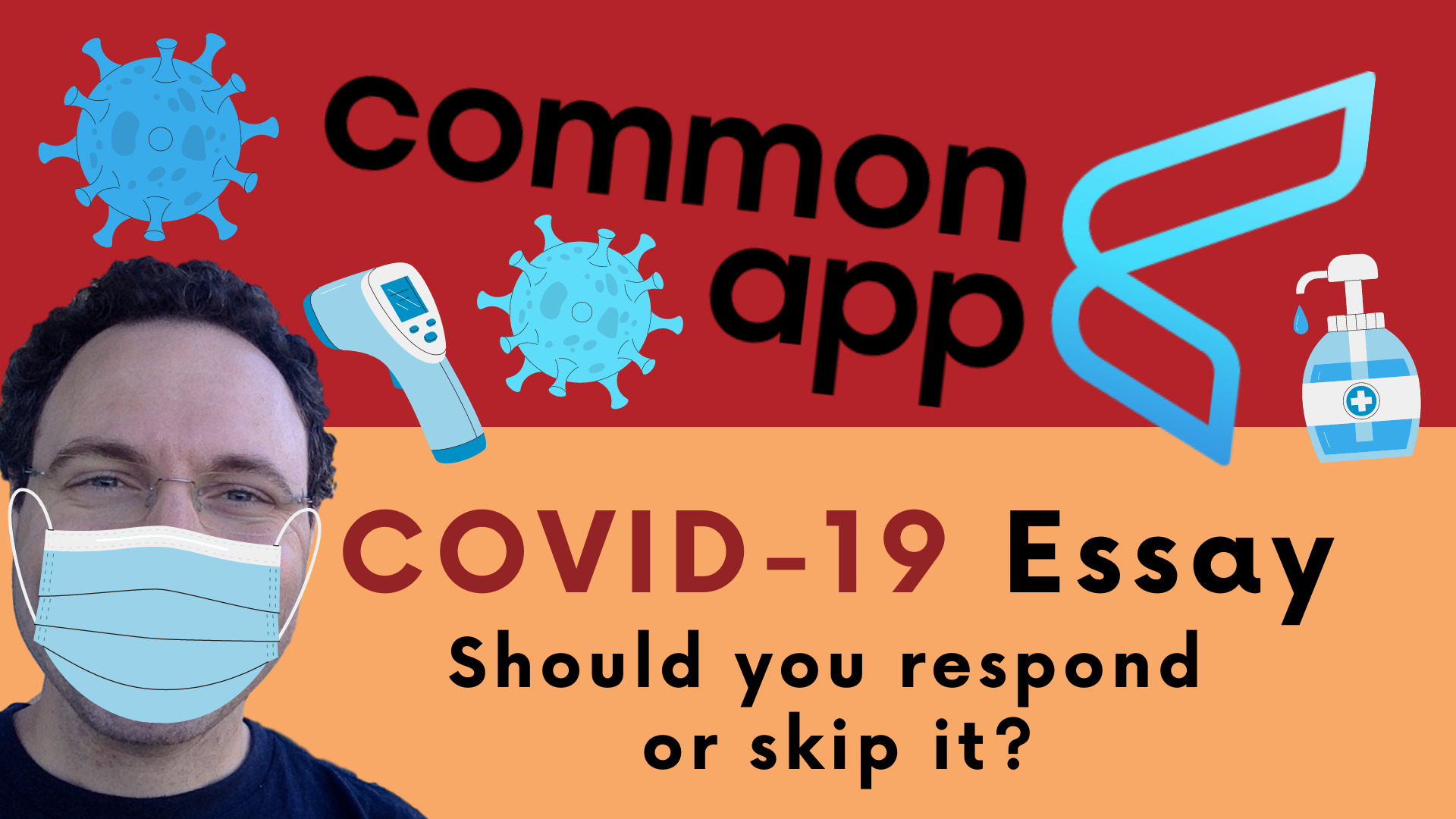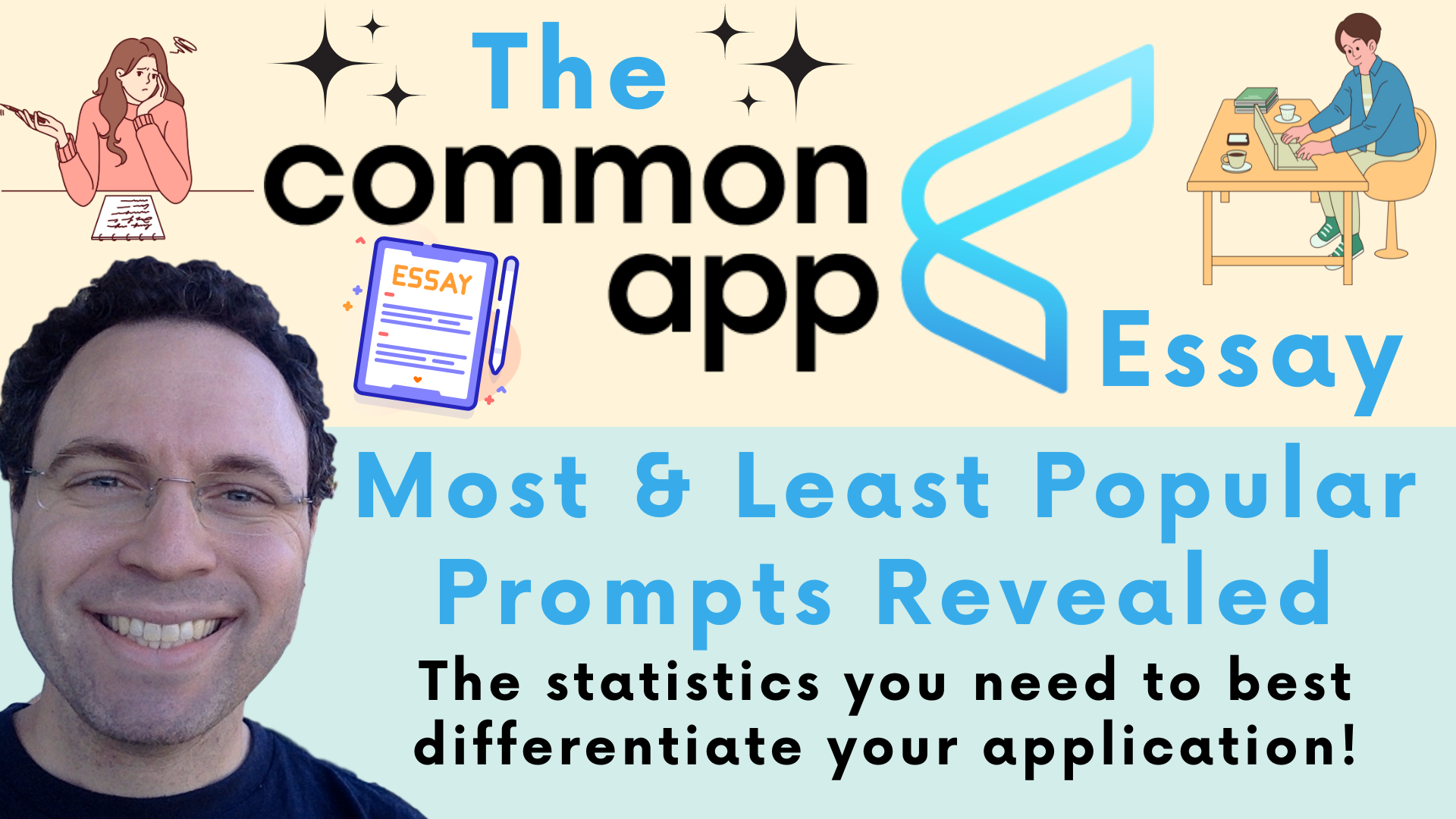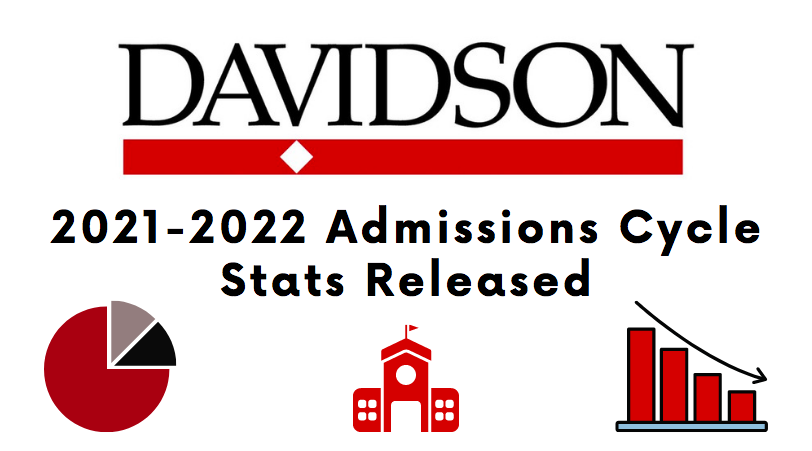
The University of Southern California, a selective private university in Los Angeles, has announced that it is introducing a November 1 Early Action admissions deadline for the 2022-2023 admission cycle.
This is a big change for a university that had long held the line on notifying candidates of their admissions decisions no earlier than spring of each year. Now, those students applying Early Action this fall will learn of their admissions decision by mid to late January 2023.
The new November 1 deadline is non-binding (Early Decision, which USC does not offer, is binding) and non-restrictive, which means that students can apply to other colleges Early Action at the same time. Students can even apply to one other college Early Decision at the same time, but of course would need to commit to their Early Decision college if admitted.
Yet, Early Action is not available for students applying to majors in the School of Architecture, School of Cinematic Arts, Kaufman School of Dance, School of Dramatic Arts, Roski School of Art and Design, Iovine and Young Academy, and Thornton School of Music should. Students applying to these schools should apply by December 1 using USC’s Regular Decision plan.
USC has become increasingly selective since going test optional. During the 2021-2022 admissions cycle, USC, which is the largest private university in California, only accepted roughly twelve percent of first-year applicants.

 The world of college admissions is constantly changing; therefore, it’s important to keep the best college admissions recourses close at hand if you are to navigate the admissions process with aplomb. Luckily, we’ve done the heavy lifting for you. We’ve assembled a virtual library of sorts filled with the resources we highly recommend for novices and old hands alike if the goal is to aggressively approach all things undergraduate admissions during the 2023-2024 admissions cycle. Research away!
The world of college admissions is constantly changing; therefore, it’s important to keep the best college admissions recourses close at hand if you are to navigate the admissions process with aplomb. Luckily, we’ve done the heavy lifting for you. We’ve assembled a virtual library of sorts filled with the resources we highly recommend for novices and old hands alike if the goal is to aggressively approach all things undergraduate admissions during the 2023-2024 admissions cycle. Research away!








 Only sixteen percent of students responded to the optional Common App COVID-19 essay during the 2021-2022 admissions cycle.
Only sixteen percent of students responded to the optional Common App COVID-19 essay during the 2021-2022 admissions cycle. Success in the college admissions process often comes down to one word: differentiation. Therefore, it makes a lot of sense to think long and hard about what Common App essay prompt you respond to in order to share the story you want to share in a manner that frames your experience in the most memorable and unique manner possible. In the video below you’ll learn which Common App essay prompts are most popular and least popular right down to the exact percentage of applicants responding to each prompt, which will help you determine the prompt you want to respond to when completing your Common Application essay.
Success in the college admissions process often comes down to one word: differentiation. Therefore, it makes a lot of sense to think long and hard about what Common App essay prompt you respond to in order to share the story you want to share in a manner that frames your experience in the most memorable and unique manner possible. In the video below you’ll learn which Common App essay prompts are most popular and least popular right down to the exact percentage of applicants responding to each prompt, which will help you determine the prompt you want to respond to when completing your Common Application essay.


 Lots of students talk a good game when it comes to caring for the environment, but not nearly as many put their words into action. This summer, there’s a pre-college program that will help students do just that.
Lots of students talk a good game when it comes to caring for the environment, but not nearly as many put their words into action. This summer, there’s a pre-college program that will help students do just that.
 Yesterday afternoon, March 18, 2022, the University of Georgia released its final round of admissions decisions for first-year applicants to its Class of 2026. University of Georgia
Yesterday afternoon, March 18, 2022, the University of Georgia released its final round of admissions decisions for first-year applicants to its Class of 2026. University of Georgia